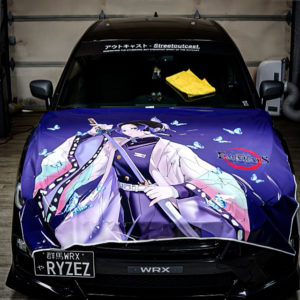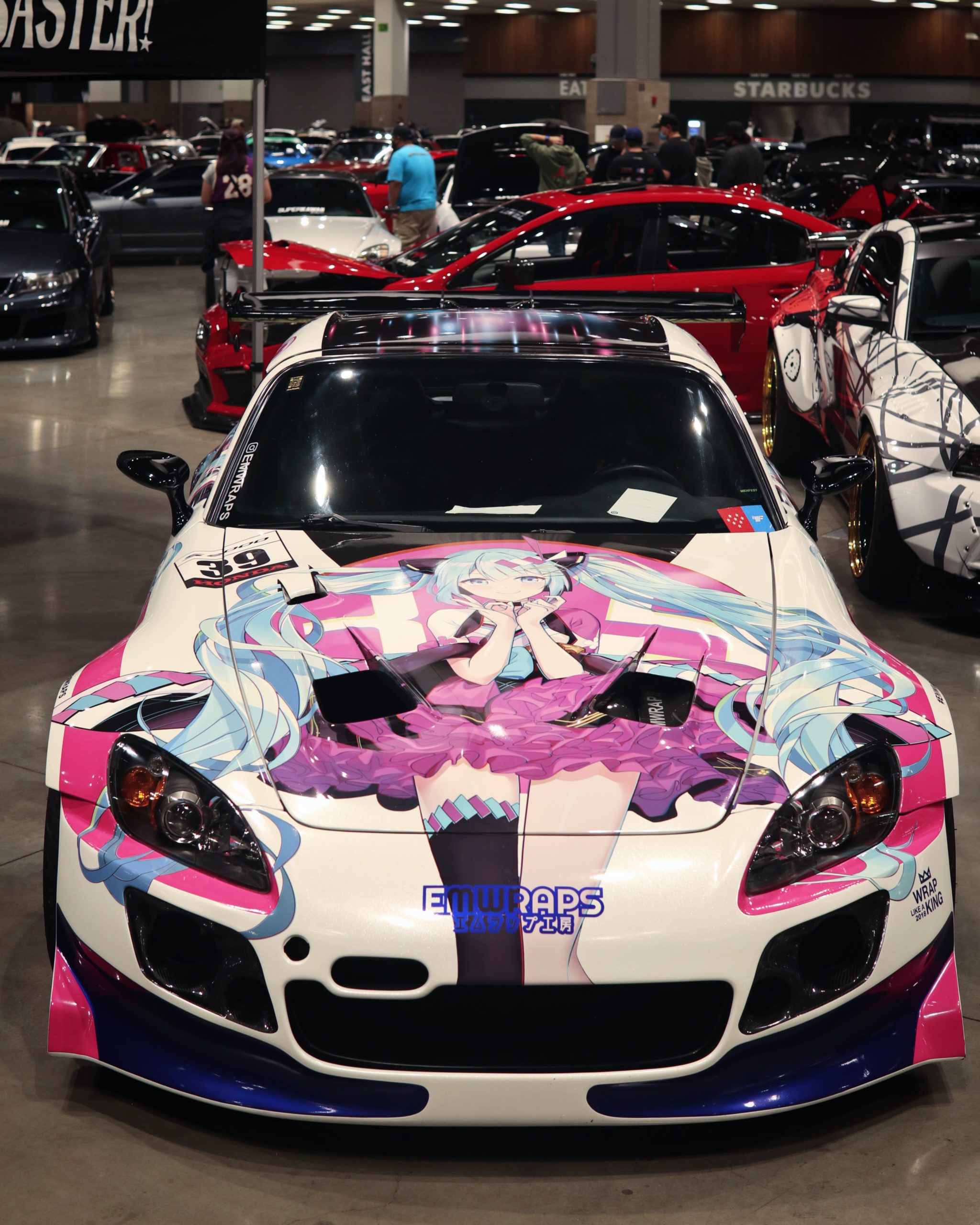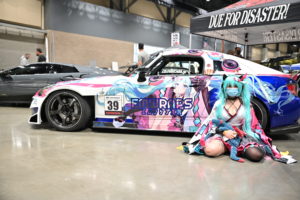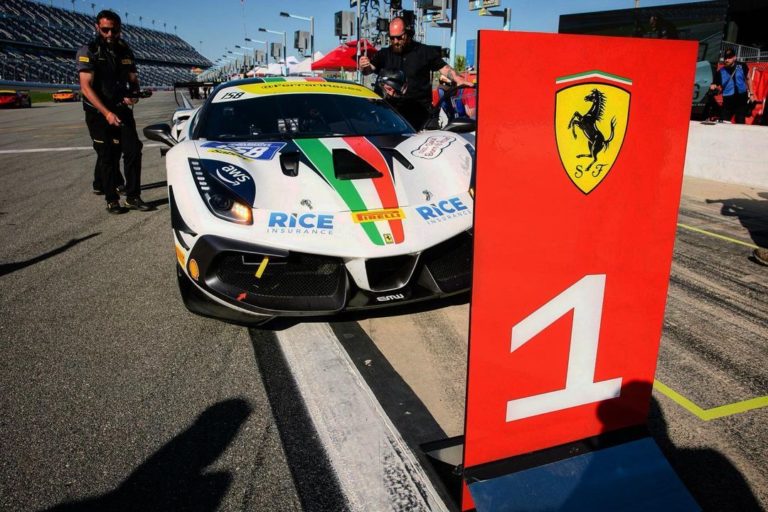
Part 2: Ferrari Racing Days 2022: High-Octane Thrills and Unforgettable Victories at Daytona Speedway.
Part 2 of Ferrari Racing Days 2022: High-Octane Thrills and Unforgettable Victories at Daytona Speedway
Itasha, a term derived from the Japanese words for “painful” (itai) and “car” (sha), is a unique form of vehicle customization that has gained a cult following in Japan and around the world. This article delves into the history of itasha, the design process, materials used, and an exploration of a design centered on the iconic virtual pop star, Hatsune Miku.
Itasha began to emerge in the late 1990s in Japan, initially as a subculture amongst the otaku, or die-hard fans of anime, manga, and video games. Initially, it was a niche hobby, but it has since grown into a global phenomenon, with enthusiasts around the world customizing their vehicles with elaborate, vibrant graphics featuring their favorite characters.
Design Process: A Blend of Art and Automotive Passion
Firstly, the design process starts with selecting a theme or character, such as Hatsune Miku, a famous virtual singer with her unique turquoise hair. Next, designers conceptualize how to encapsulate Miku’s essence and transpose it onto a vehicle.
Furthermore, digital artwork creation involves professional graphic designers or artists crafting detailed illustrations of Miku in various poses, ensuring the design harmonizes with the car’s contours.
Additionally, designers employ advanced graphic design software like Adobe Photoshop or Illustrator to refine the artwork and tailor it to the vehicle’s dimensions.
Primarily, high-quality vinyl wraps are the materials of choice in itasha. This material is durable, flexible, and capable of showcasing high-resolution, vibrant graphics.
Moreover, once the design is finalized, It is print time. it’s gonna printed on the special vinyl that is made for car wrap and has the same durability as normal color change vinyl. After that, a protective laminate is applied to guard against UV rays and general wear and tear. To give is an extra layer of protection, we offer Ceramic Coating to give the finished result extra shine and protection.
Subsequently, the wrap installation process requires precision. The vehicle’s surface is thoroughly cleaned and prepped before the vinyl is carefully applied, ensuring no bubbles or wrinkles mar the design.

Creating a Hatsune Miku-themed itasha requires a deep understanding of her character and anime culture. Designers often integrate elements like musical notes, leeks (her unofficial symbol), and bright color schemes that match her hair and costume. This design approach is not just about applying images to a car; rather, it’s about forging a narrative and theme that resonate with Miku’s persona and the owner’s enthusiasm.


Itasha transcends mere hobby; it’s a mode of self-expression and an homage to the vivid world of anime and manga. It melds artistic creativity with automotive zeal, resulting in mobile art pieces that captivate and spark conversations. With characters like Hatsune Miku, the scope for itasha is as boundless as the creativity of its creators and aficionados.
Find out more about Itasha Here.
Check other nice Itasha Here

Part 2 of Ferrari Racing Days 2022: High-Octane Thrills and Unforgettable Victories at Daytona Speedway

A thrilling events of Ferrari Racing Days at Daytona International Speedway. Highlights include intense races in the Coppa Shell and Trofeo Pirelli categories,
This kind of customization is popular among anime fans and car enthusiasts who enjoy personalizing their vehicles with their favorite characters.